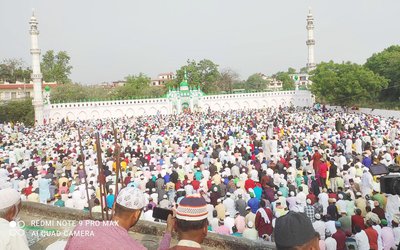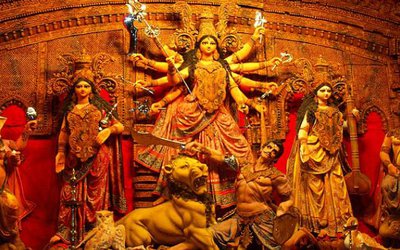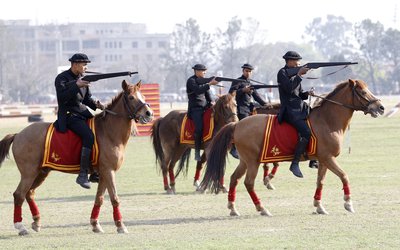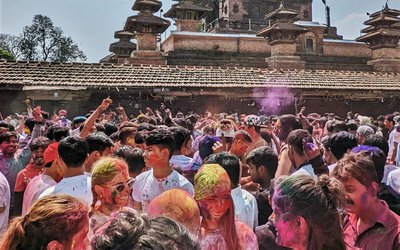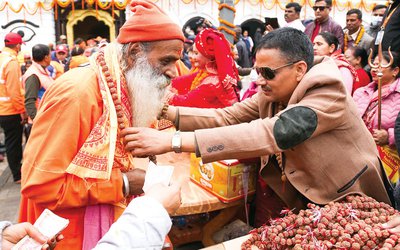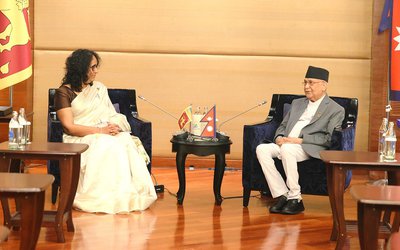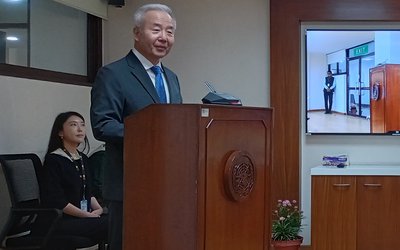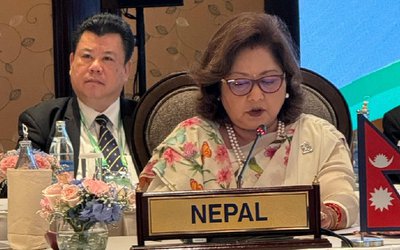
People In Kathmandu Valley are celebrating Gathemangal or Ghantakarna Chaturdahi today amid various local traditions.
Newar Communities of Kathamandu valley erected the effigy in the centers of various areas. They look like a rough tent-like structure or effigy of demon Ghantakarna.
The effigy will be taken to the river and burnt to represent the victory of locals over the demon god. The festival of Gathemangal or Ghantakarna Chaturdasi, like most of the Nepali festivals, is an example of the victory of good over evil.
The festival of Gathemangal is celebrated in the memory of mythical demon Ghantakarna’s death. This festival that falls on trayodashi (third day) of the month of Shrawan (July/August) is also called Ghantakarna Chaturdasi.
According to the legend, a demon named Ghantakarna terrorized the villagers by stealing the children and women of the village. He used to demand money and other gifts from the villagers. His body was painted in red, blue and black and he wore a pair of bells on his ears. He looked very scary and every time he moved, the bells jingled. He got his name from the bells on his ears, i.e. Ghanta meaning ‘bell’ and Karna meaning ‘ears’.
The farmers were scared of him and seldom went out. Even during the season of the plantation, they did not dare to go out. They were helpless and disappointed. However, one day, a large number of frogs came to the village and began to croak near Ghantakarna’s place. He became furious but the frogs did not stop.
They croaked even louder and when he tried to catch them, they jumped into the water. He, too, jumped into the water without realizing that it was a swamp and soon started to drown. The frogs swarmed around his head and he drowned to death. In this way, the frogs saved the village and the villagers from the demon.
This legend is acted out in the form of a drama on the street as a part of the celebration during this festival. The children in each neighborhood collect money from the passerby to make an effigy of the demon god.
- PM Oli Meets Myanmar Prime Minister Hlaing
- Apr 03, 2025
- Prime Minister Oli and Sri Lankan PM Amarasuriya hold meeting
- Apr 03, 2025
- Nepal's Economy Expected to Remain Resilient in Face of Economic Shocks, says World Bank
- Apr 03, 2025
- Japan And UNFPA Partner To Strengthen maternal and child health services in Nepal
- Apr 03, 2025
- BIMSTEC Should Uphold Spirit Of Regional Unity And Collective Cooperation: Minister Dr Rana
- Apr 03, 2025
